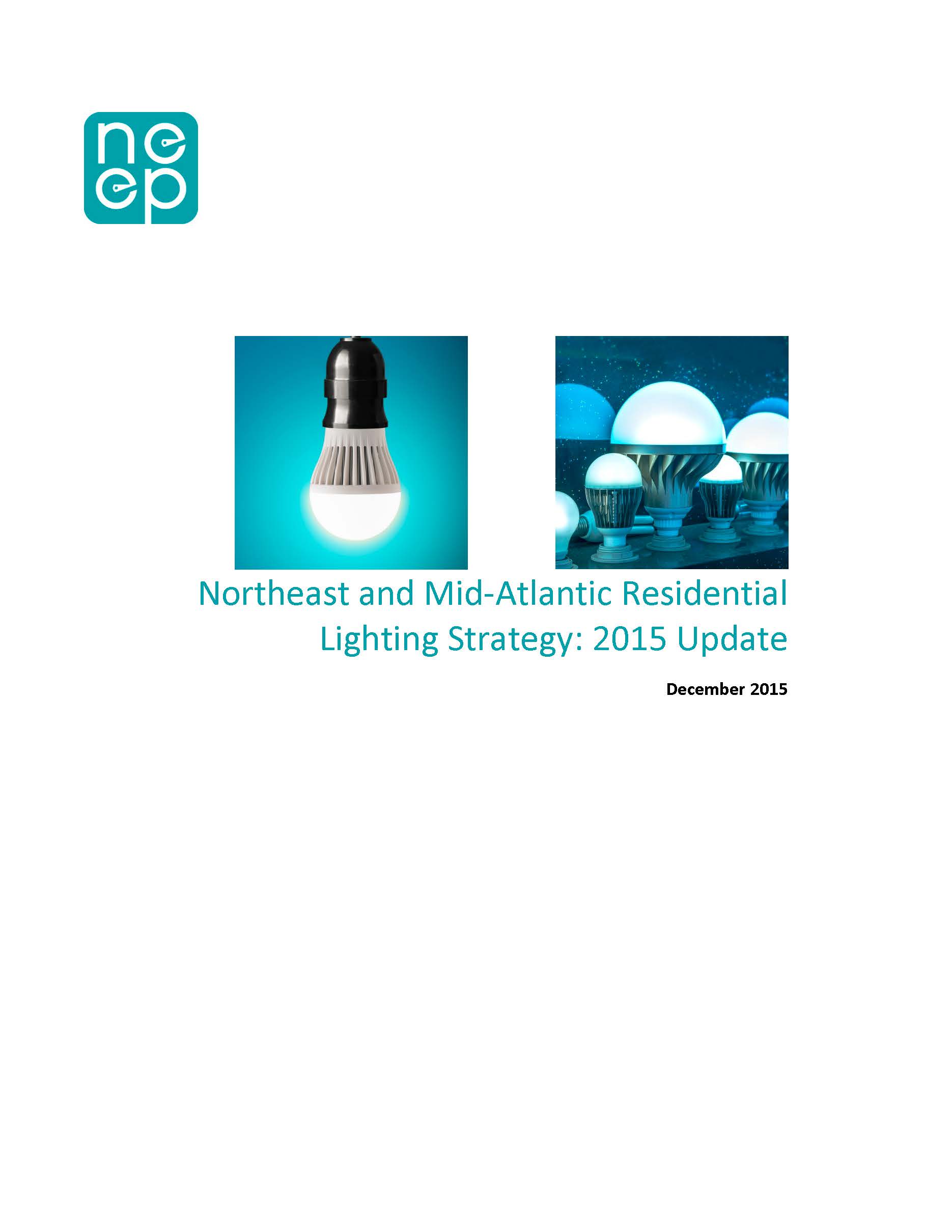By Claire Miziolek | Mon, December 7, 15
The term Market Transformation gets tossed around a fair amount in the energy efficiency sphere, but what does it actually mean? And how can it be fully achieved? Our friends over at NEEA, a fellow REEO and respected authority on the subject, devised a definition for the term with equal parts elegance and accuracy:
“Market Transformation is the strategic process of intervening in a market to create lasting change in market behavior by removing identified barriers or exploiting opportunities to accelerate the adoption of all cost-effective energy efficiency as a matter of standard practice.”
So, with that comprehensive definition, we’re left at question number two: how can we reach the elusive pinnacle of complete, efficient transformation for any given market (in this case, residential lighting)? The 2015 Update to the Residential Lighting Strategy, a perennial NEEP report that provides strategies and recommendations to transform the residential lighting market, can help us answer this loaded question. We’ve identified 7 simple steps to attain residential lighting market transformation— and they aren’t as onerous as you might expect!
But before we get into that, what exactly would a transformed market mean for residential lighting? Our Regional Goal is that the residential lighting market reach a socket saturation of 80-90% efficient quality lighting when transformed by 2022. Over the course of the next 5 years, that could add up to over 15TWh of total savings for the region!
That sounds great, but how on earth do we get there from our current efficient socket saturation of 30-50% across the Northeast and Mid-Atlantic region? The findings from the RLS and previous residential lighting reports build a foundation of recommendations from which a series of market interventions could be developed. These are designed to either overcome existing market barriers or exploiting emerging market opportunities to accelerate the adoption of efficient residential lighting and effectively transform the market in the long-term in the Northeast and Mid-Atlantic. NEEP’s theory of change (i.e. the list of simple steps) to transform the residential lighting market along a timeline looks a little something like this:
1. Program administrators (PAs) drive down the cost of general service ENERGY STAR LEDs to be competitive with inefficient alternatives
- Continued promotion to drive down the cost of LEDs to be competitive with inefficient alternatives
2. PAs only promote specialty products that are LED
- LEDs are well suited for specialty applications and are expected to have high rates of uptake and consumer satisfaction.
3. PAs start to leverage the growing popularity of smart bulbs through incentives, education and product quality requirements
- Incentives should be appropriately set as to make the products more affordable but not to make competitive with inefficient alternatives. This could include pointed Point of Purchase as well as connecting to other Home Energy Management Systems promotions.
4. PAs shift program strategy to ramp up resources towards specialty LEDs
- Focus on those applications for market transformation, as we expect the sales of specialty LEDs to lag behind that of general service lamps.
5. PAs starts to tackle the linear fluorescent product category
- Coordinate closely with Commercial Lighting counterparts.
6. ENERGY STAR is expected to revise the Lamps and Luminaires specifications
- The ceiling efficiency level can be pushed up even higher because of last 3 years of market activity
7. In 2020, EISA Phase 2 is expected to go into effect
- This applies solely to general service lamps and has some limitations. For laggards who have not yet adopted efficient lighting, this standard will force their transition in efficient general service lighting.
With these steps, the transformation of the residential lighting market is within reach! Want to learn more about transforming markets? Read the RLS and view the recorded webinar here.

